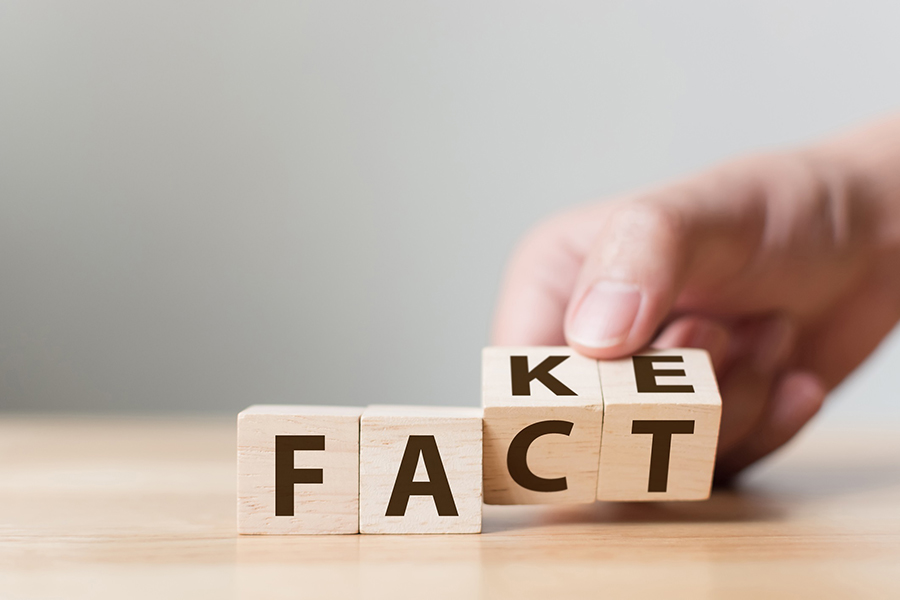
By Professor Mark Saunders, Professor of Business Research Methods, Lloyds Banking Group Centre for Responsible Business Associate
Department of Management, University of Birmingham
Whilst most claims are based on good research, the increase of fake news means that it is important to look carefully rather than accept them at face value.
When reading or watching advertisements, it’s easy to be pulled in by statistics or diagrams that appear to speak highly of a product or service. However, whatever the product or service, it is important to look beneath the surface and understand the data on which each claim is made.
There are a series of factors that can affect the outcome of data collection, such as who collected it and whether they have a relationship with the company using it; what was included; the purpose of collection and the question it was supposedly used to answer; when it was collected; where it was collected and how the participants were found; and how the collection was completed.
Manipulating data or not portraying the full picture can also lead people to interpret statistics and diagrams in particular ways. An enticing comment, such as ‘nine out of ten people said that their skin looked more luminous’ after using a beauty product, becomes less enticing when discovering it is based on a sample of just 50 people and, more importantly, there is much more room for error in the findings than when collecting the data amongst larger sample sizes.
Change over time, such as a company’s share price, will appear larger if the axis against which change is plotted does not start at zero, in effect distorting the change. Phrasing a question to collect data in a slightly different way can elicit a different response; a broader question, such as ‘have you seen any improvements in your skin?’, is likely to give more positive results as respondents are more likely to notice an improvement in their skin rather than specifically agreeing to the word luminous.
When presented with statistics, whether they represent a company or product positively or negatively, it’s important to look into the purpose of these claims and the data on which they are based. Whilst most claims are based on good research, the increase of fake news means that it is important to look carefully rather than accept them at face value. Reading the small print or looking into the background of a study will help to determine the validity and reliability of the claims made. It is then a matter of looking at accompanying graphics and checking whether or not they accurately reflect or distort the data.

For the truth without a loophole for a fake
For optimism without a shadow for despondency
For consolidation without a gap for a rat
For the win without a chance for defeat
Glory to the common sense!